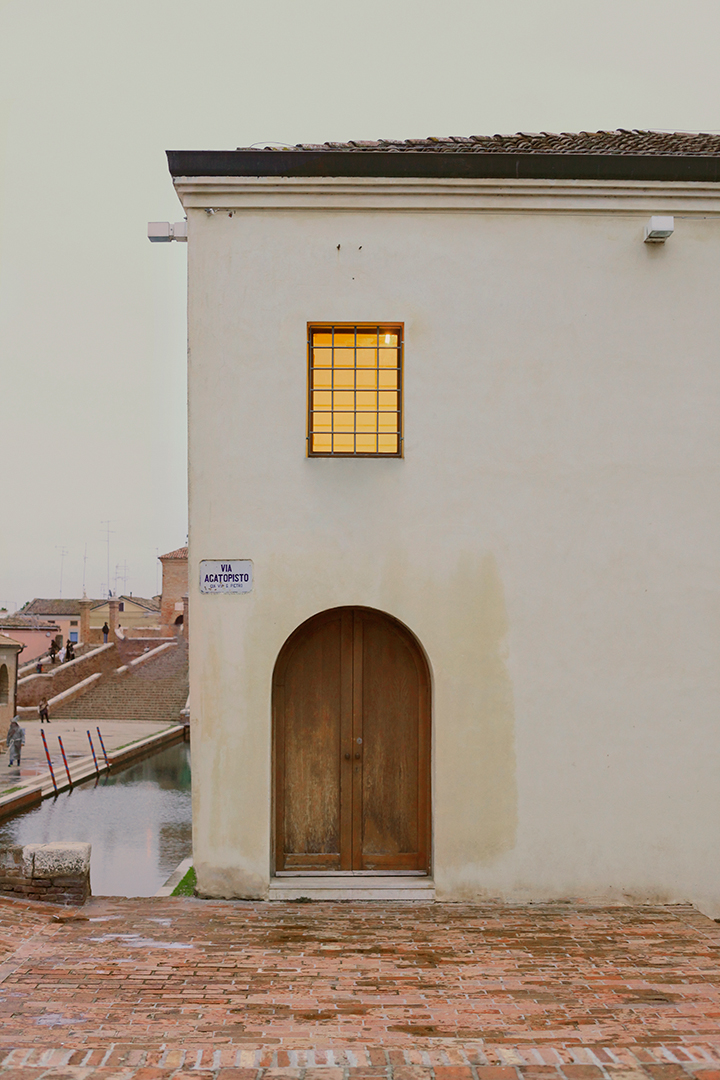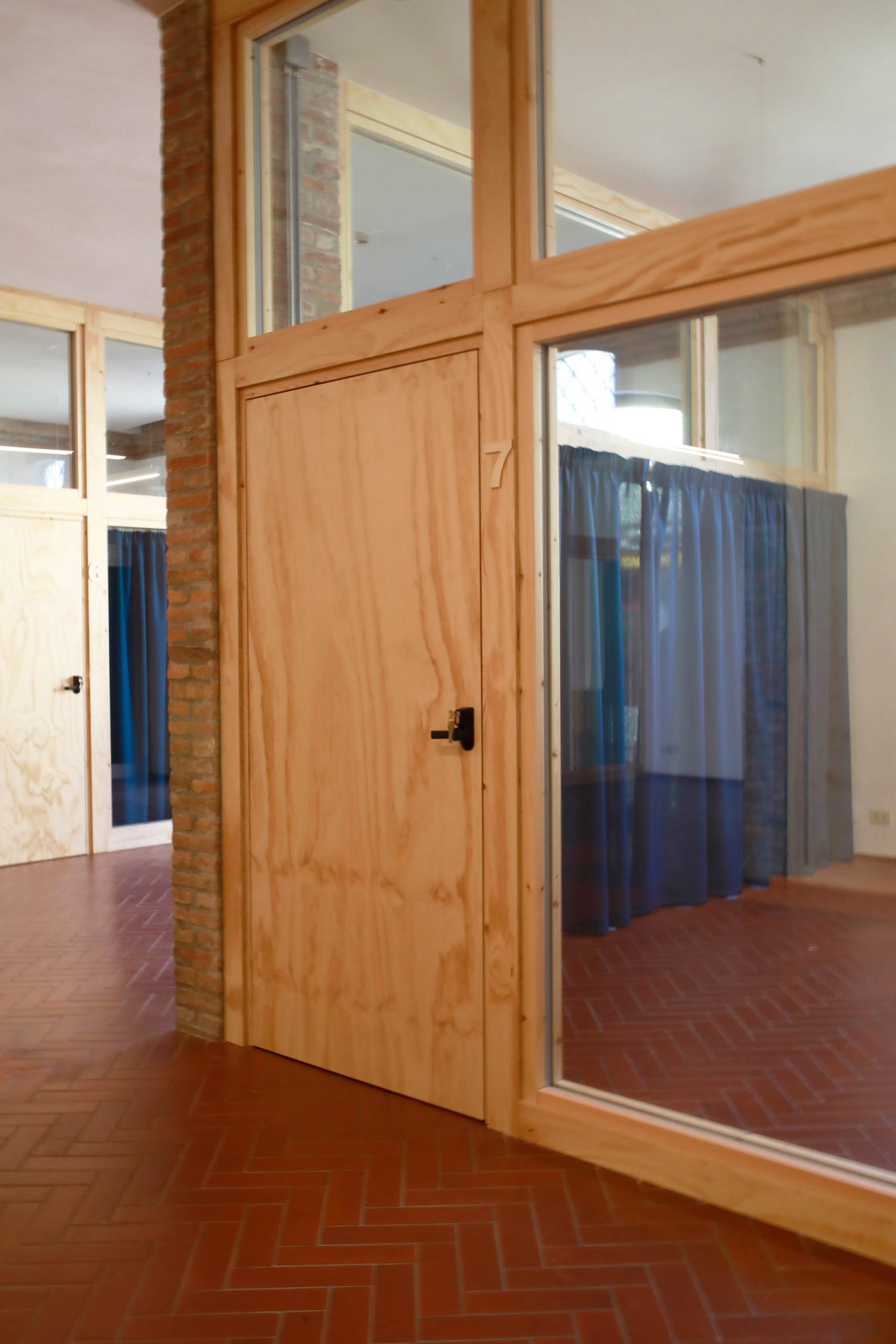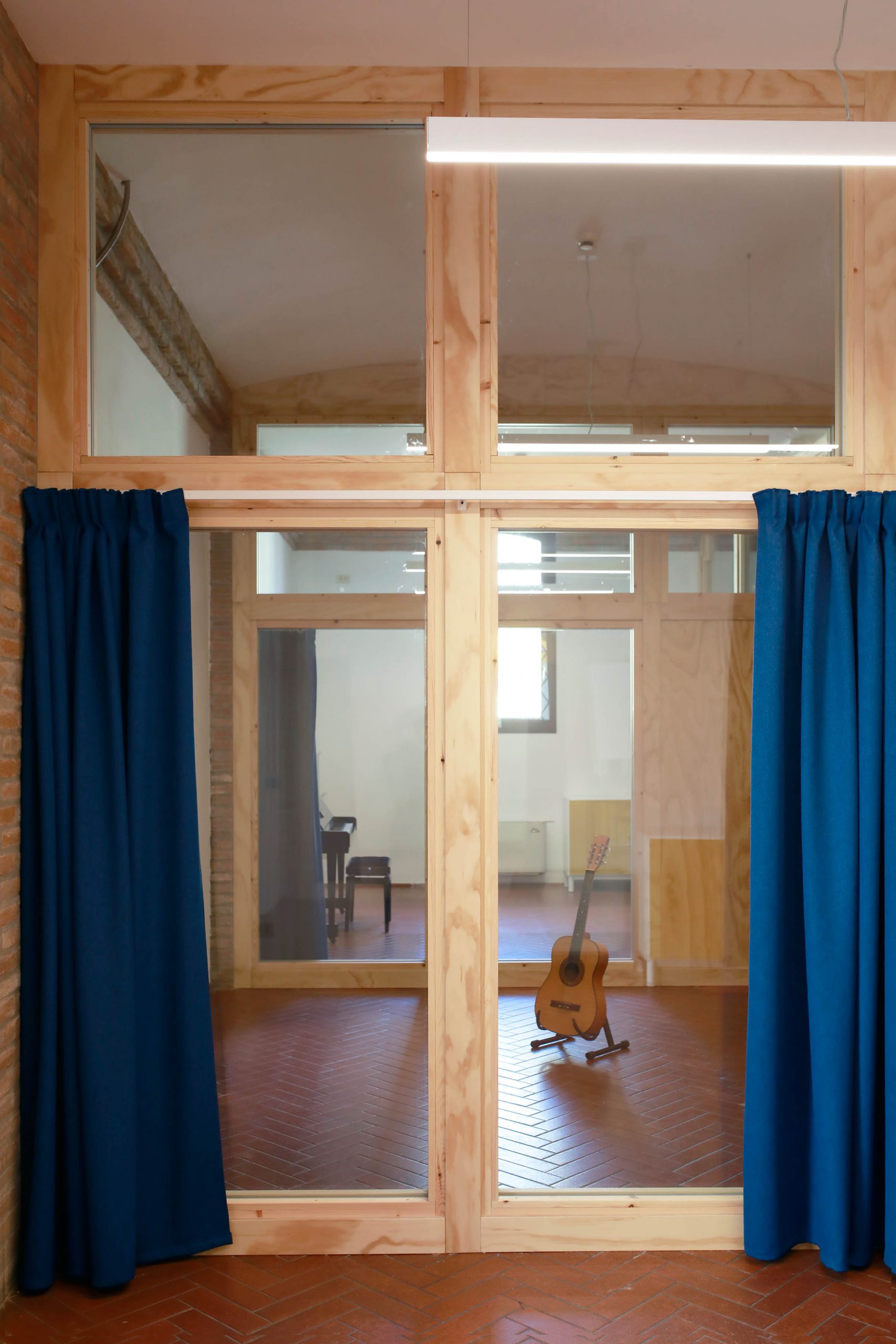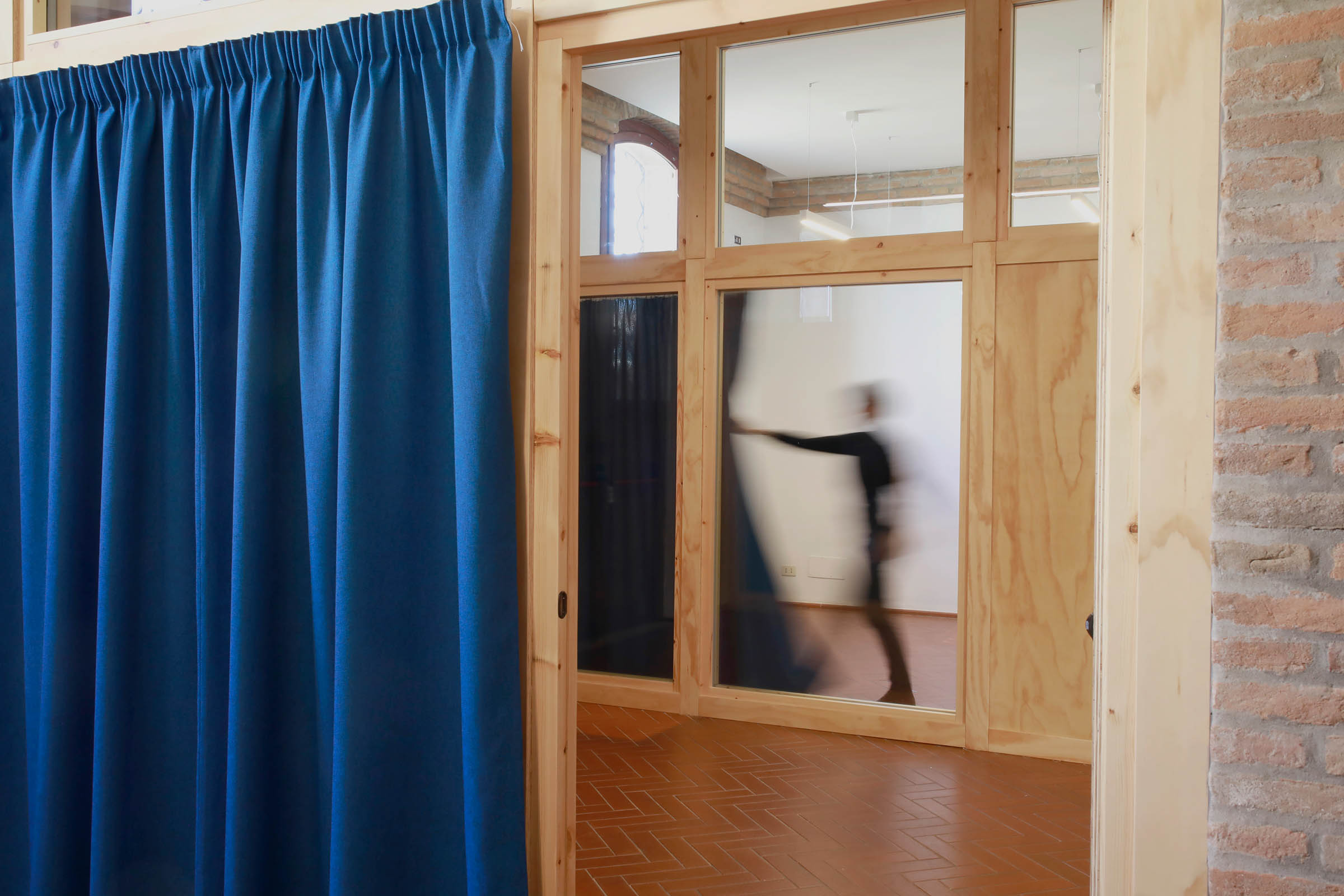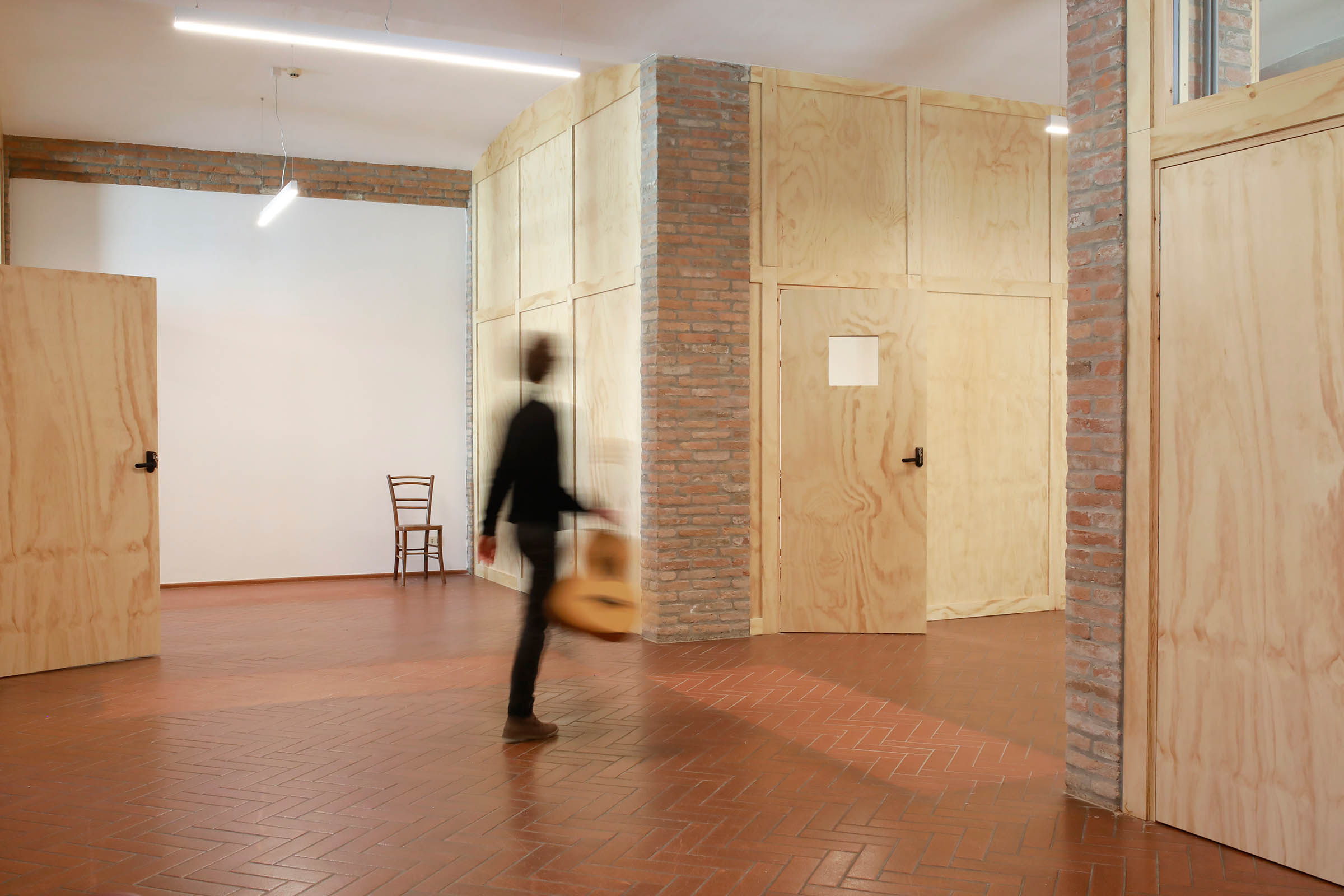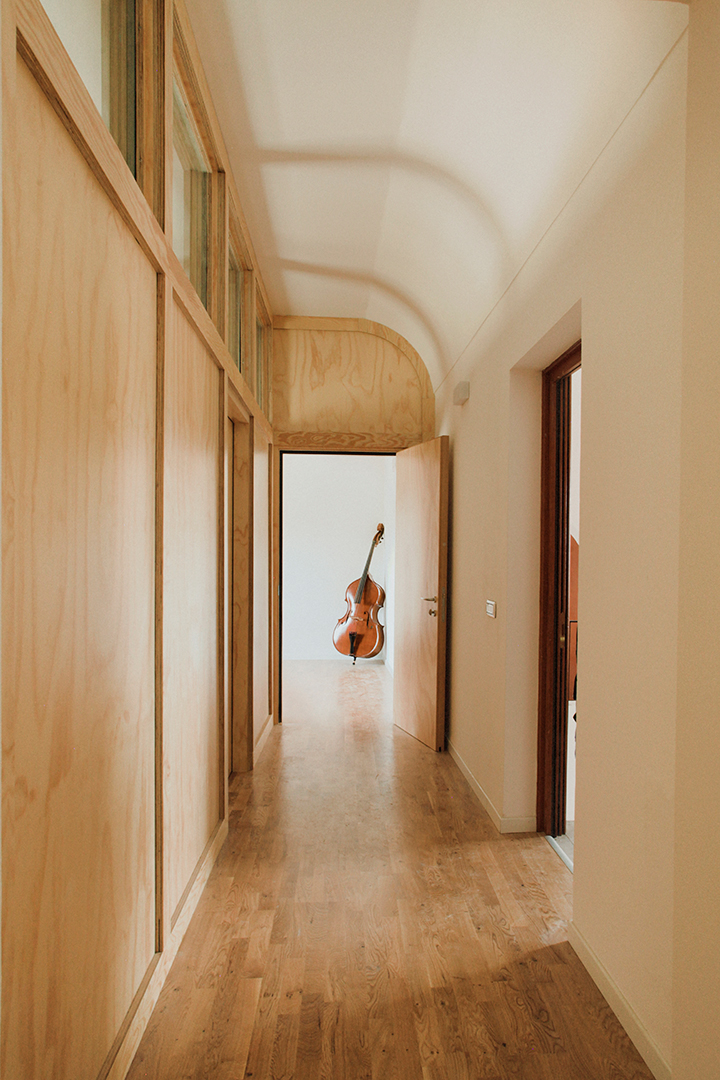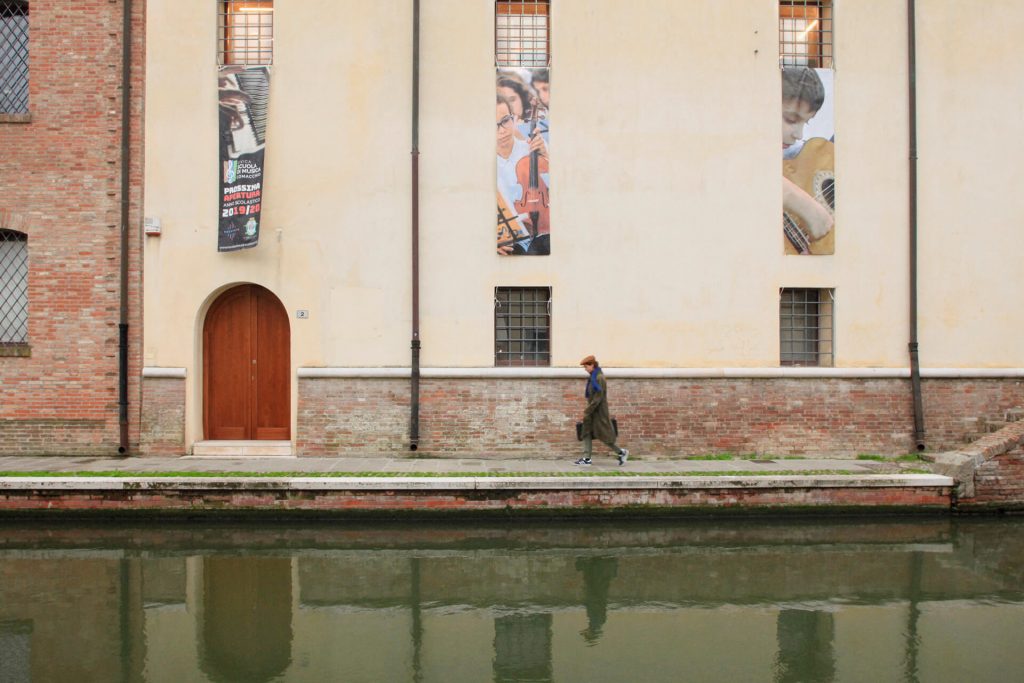
Adaptation of the former Roman Ship Museum into cultural facilities
How do you measure the quality of a piece of architecture? What parameters could establish whether a building is a good example of architectural practice?
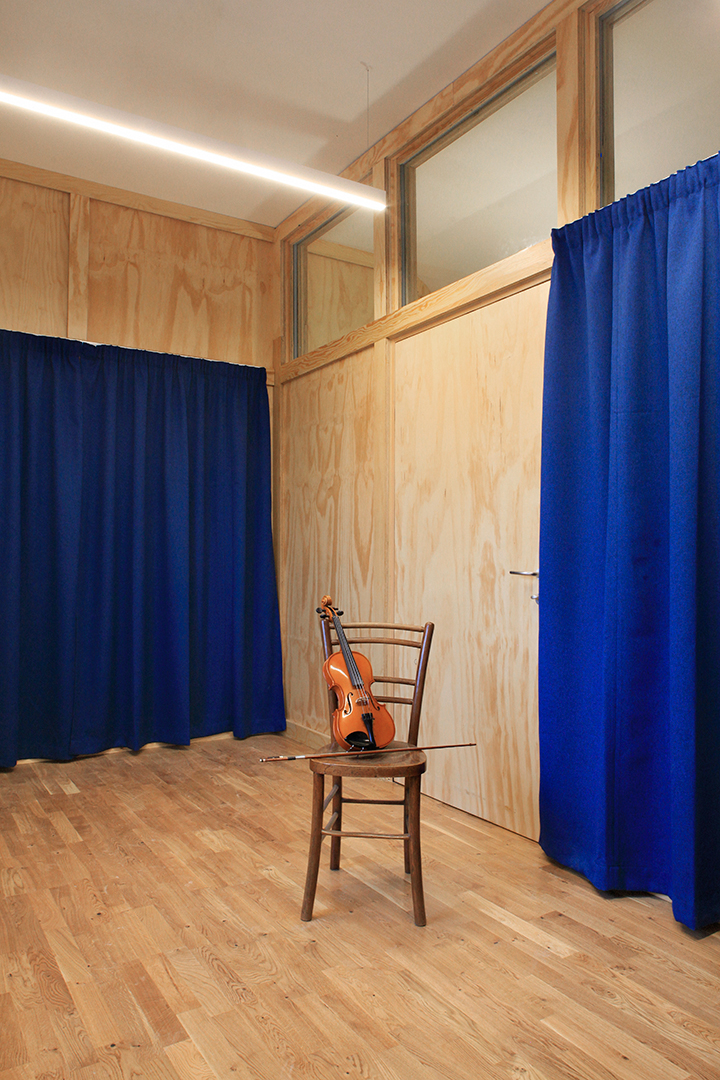
The “Casa delle arti di Comacchio” has been a perfect case study in the analysis of these questions—a public work, of significant social importance, made with a reduced budget and the need to satisfy highly-technical acoustic standards, while also being located in a context of great historical and monumental value— a true commitment to low-profile local architecture with a high impact on the community.
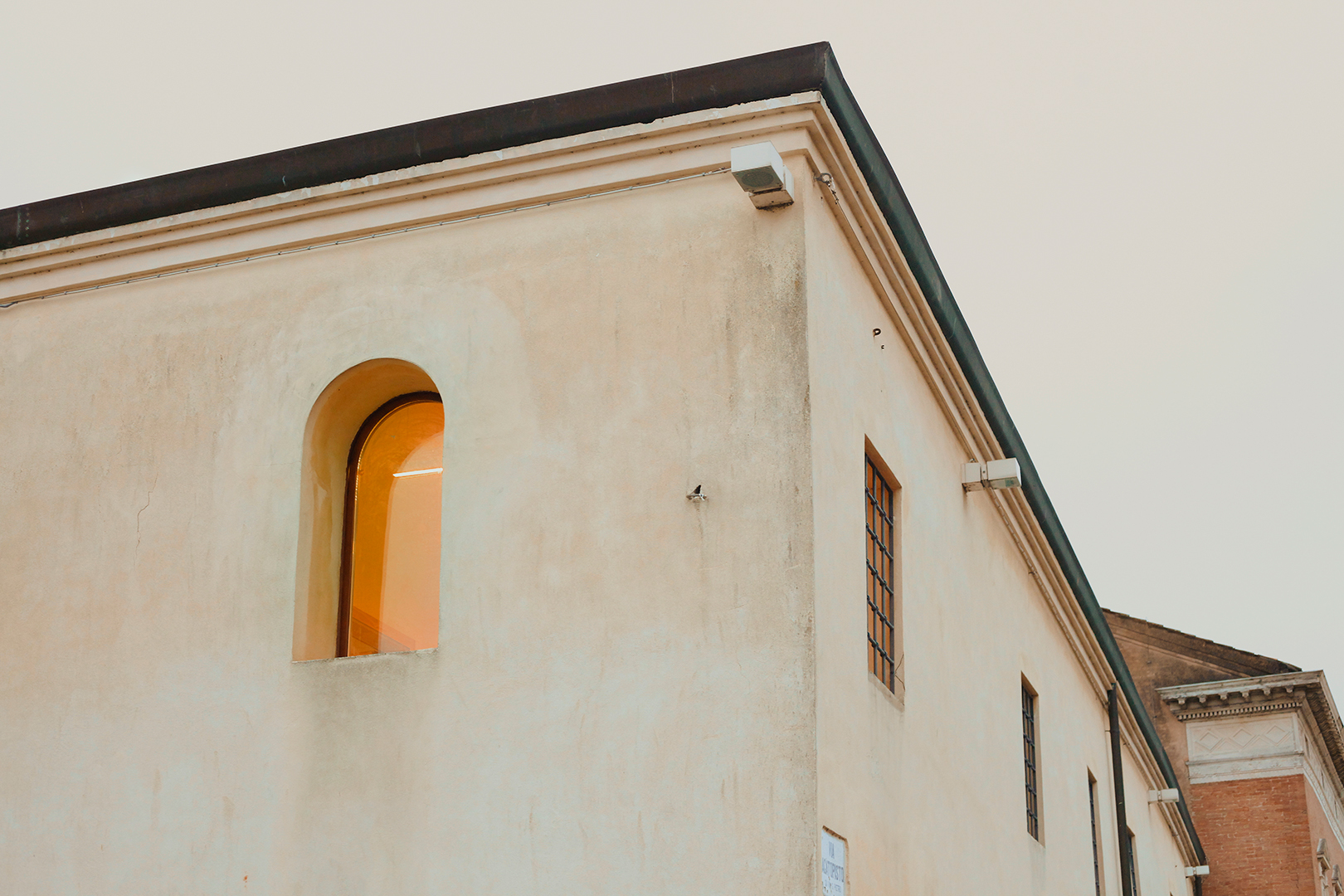
Comacchio is an ancient town in the province of Ferrara in the north of Italy— a small Venice in the Po Delta surrounded by lagoons and canals that for years has been a destination of niche tourism. Since 2019, the city has seen the birth of the new “Casa delle Arti” located in the old prison of Palazzo Bellini that has become a space fully dedicated to cultural and educational activities for music and the performing arts.
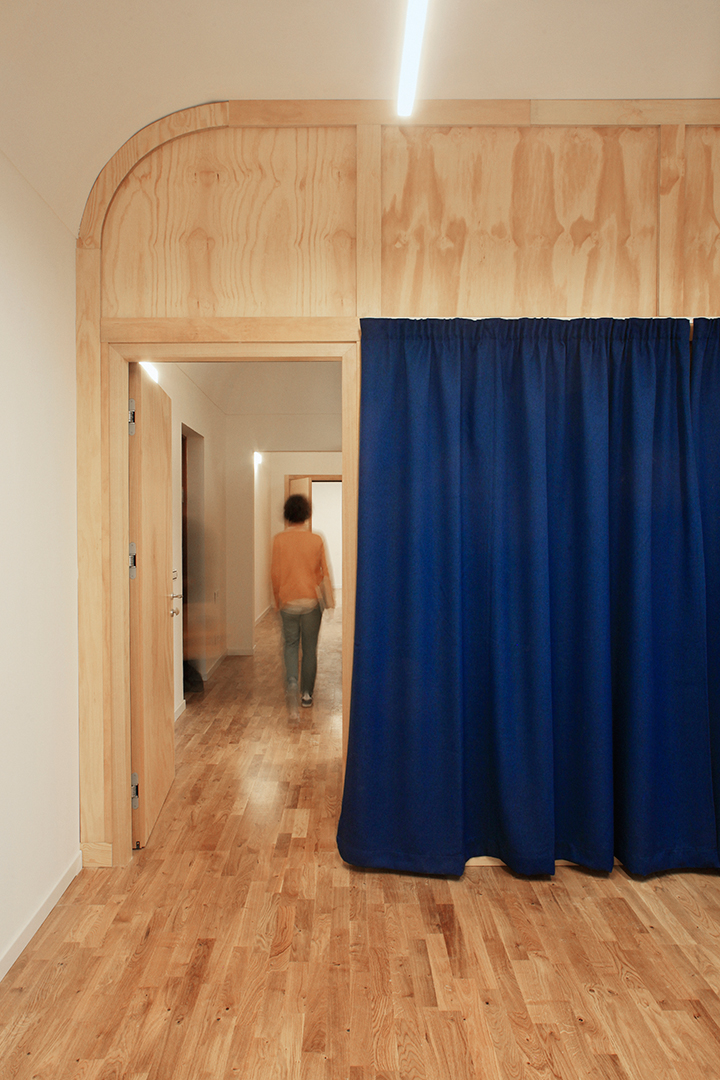
The space not only meets the functional technical requirements for the activities that take place inside, but also tries to respect three principles that we consider indispensable for this type of project:

Recognition. The more the intervention is recognisable, the easier and more direct is its reading and that of its pre-existence, making explicit the history of its manufacture and its transformations over time. All the architectural elements in the project are made of wood and glass, materials in harmony with the context but also easily perceived as signs of the new intervention.
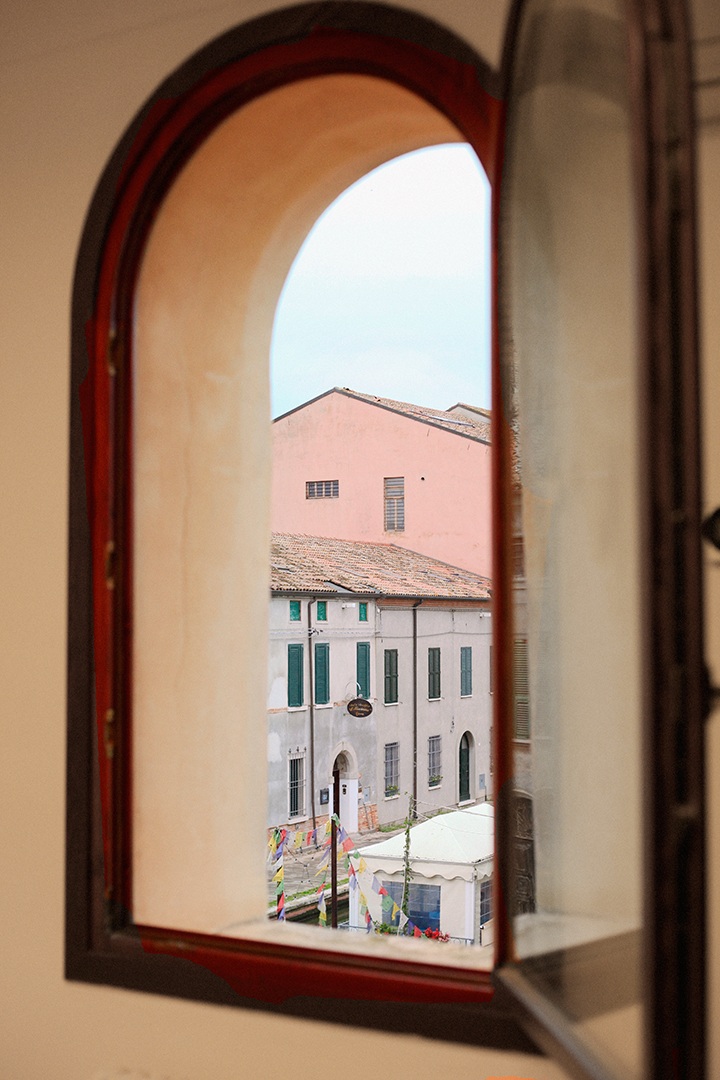
Reversibility. Thanks to the use of dry technologies, the project is completely reversible. In this way, from a conceptual point of view, it at no point competes with the historic building that houses it. The lightness and ephemeral character of the contemporary project is contrasted with the solid and austere character of the robust brick building typical of medieval prisons.

Environmental sustainability. The choice of using natural materials, in particular wood, came out of a willingness to rethink building and making architecture in order to comply with the economy and functionality of the work, while also prioritizing in our practice a respect for the environment. Among the traditional building materials, wood is considered one of the least energy-consuming in its production process.
